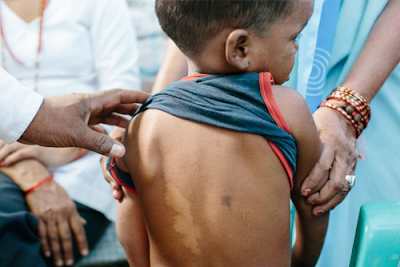Management of Severe Malnutrition / MedUrgent

Management of Severe Malnutrition Admission criteria: 1) Children 6-59 months: - Bilateral pitting oedema +++ - Severe wasting with any grade of oedema - Severe malnutrition with any of the following medical complications: • Anorexia / No appetite • Intractable vomiting • Convulsions • Lethargy/ Not alert • Unconsciousness • Hypoglycemia • High fever • Hypothermia • Severe dehydration • Lower respiratory tract infection • Severe anemia • Skin lesions 2) Infants <6 months: - Bilateral pitting oedema - Visible wasting - Inadequate feeding - Weight <4 kg *Initial Phase: 1- Document: - The presence of Wasting, Oedema and Dermatosis - Weight-for-Height/Weight -for-Length - Z-sore (SD/%) 2- Temperature: (check every 30 min) - Axillary temp. <35 C, start active worming (Kangaroo position) 3- Hypoglycemia: - Blood glucose <3 mmol/l -Alert patient:...





